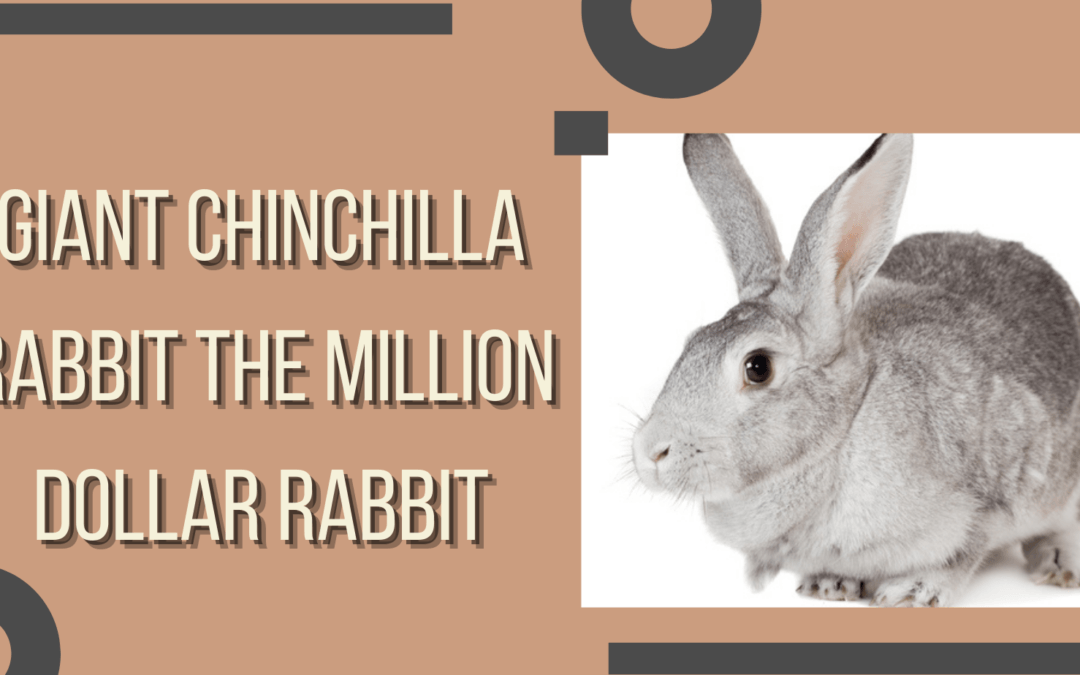A Giant Chincilla rabbit is a perfect companion for all rabbit owners. Its gorgeous coat is easy to groom and doesn’t require too much exercise. Unlike other rabbit breeds, a Giant Chinchilla won’t demand your attention. It is happy to see you every day doing your daily chores. Find out more about this Million Dollar rabbit!
Facts about Giant Chinchilla Rabbit
| Body Size | Giant |
| Body Weight | 12 lbs to 16 lbs |
| Body Shape | Semi-arched |
| Lifespan | 5 to 8 years |
| Colors | Slate blue color |
| Rarity | Rare |
| Best Suited for | Seniors, couples, singles, and families with older children |
| Origin | Missouri |
Background and History
The Chinchilla breed first appeared in France in 1913. It was in 1919 that these bunnies arrived in the United States. Edward H. Stahl of Holmes Park, Missouri, was one of the few who owned a pair of Chinchilla bunnies. Other breeders developed the American Chinchilla, but Stahl focused on the Giant Chinchilla. He paired Chinchilla bucks with New Zealand does and American Blue rabbits.
On Christmas morning of 1921, the first Giant Chinchilla rabbit was born. Stahl named the doe “Million Dollar Princess”. He presented the breed to the public during the Kansas City Rabbit Show in 1922. The first working standard for Giant Chinchillas by recognized by ARBA. Giant Chinchillas was the only one with flyback fur out of the chinchilla breeds.
Because of their sizes and coats, these giants became a very profitable breed for years. It was called the Million Dollar Rabbit. Stahl earned millions of dollars selling rabbit breeding stock. He was also considered the “Father of the Domestic Rabbit Industry in America.”
Over the years, the meat and fur trade declined, making the Giant Chinchilla a rare breed. It is now under the monitoring of the American Livestock Breed Conservancy. Most Giant Chinchillas are bred for show purposes.
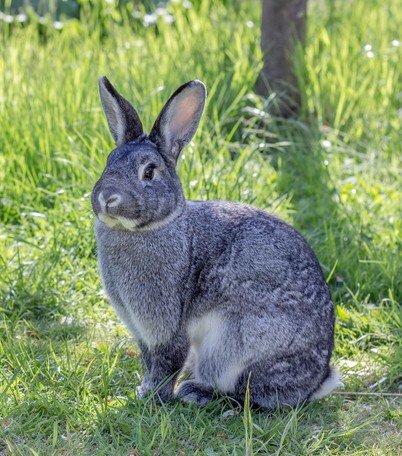
Features of Giant Chinchilla Rabbit
A Giant Chinchilla rabbit is thrice the size of a standard Chinchilla. The males weigh about 12 to 15 lbs, while 13 to 16 lbs for females. Does are larger compared to bucks. Young Giant chinchillas also grow fast. In only eight weeks, they reach 5 to 6 lbs, while in 12 weeks, they are already 7 to 9 lbs. A Giant Chinchilla is longer than an American Chinchilla. But shorter than a Flemish Giant. Like other domesticated breeds, it has a soft and round underbelly, making it looks cuddly.
This breed has a semi-arched body. The curve begins at the middle of the shoulders. Its solid and short legs are medium in length, perfectly carrying its heavy mass and the large frame body. A Giant Chinchilla has a large head and full cheeks. Its ears are slightly longer than its face and about 2 ½ inches wide.
Of all the chinchilla breeds, Chinchilla Giant is the only one with a flyback coat. It resembles the complex coat of other chinchilla breeds. It comprises black, tan, blue, silver, and gray bands.
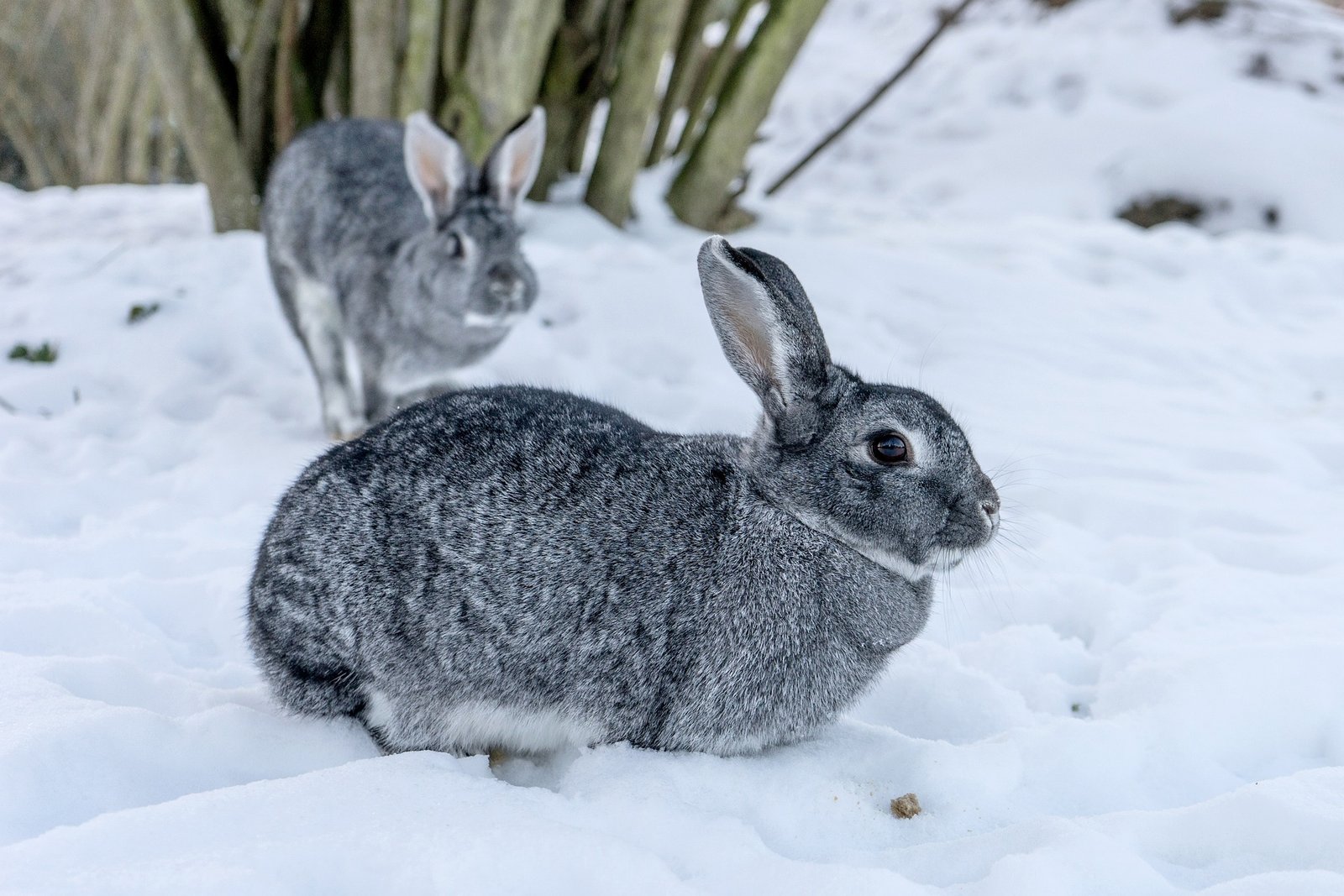
Temperament and Behavior
Giant Chinchillas are among the most well-behaved bunnies in the rabbit world. They are known for their laidback, easygoing, and gentle behavior. Unlike active breeds, they prefer to lounge and observe their furry parents. But it doesn’t mean that they don’t need love and attention. You must still interact and socialize with them regularly, so they’ll grow happy.
These giants are not troublemakers. You will rarely see them running around your house and making a mess. They prefer to walk around and stretch out. Since they are very tame, they can get along with anyone wherever they are. Ideal owners of these rabbits are seniors, couples, singles, and families with old kids.
Naturally, Giant Chinchillas don’t require too much exercise. However, you can give them some toys to keep them preoccupied or let them play outdoors. If you want to live your Giant Chinchilla rabbit to live longer, getting it a rabbit companion helps. Training it to use the litter box is tricky compared to other breeds. But with your commitment and patience, it is not impossible.
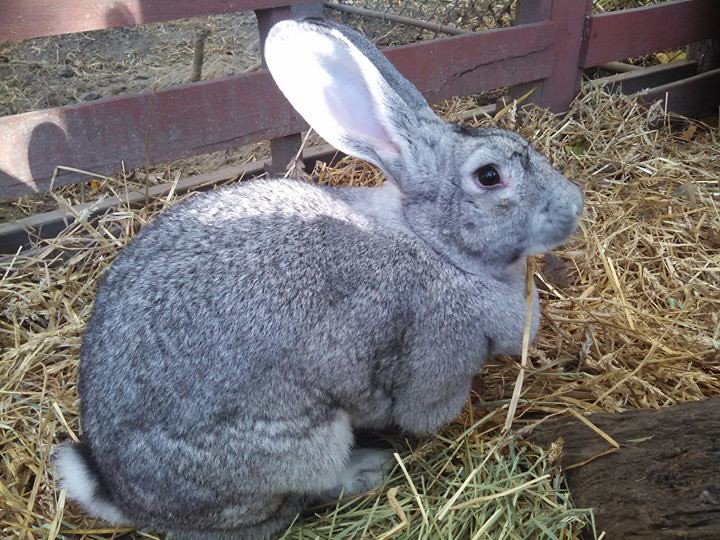
Grooming Giant Chinchilla Rabbit
With the soft and short fur of a Giant Chinchilla rabbit, it only has low grooming needs. You can brush its coat with a soft brush once every couple of weeks. But if it is shedding, you must groom its coat at least once a week. Compared to other rabbit breeds, it does not shed more often despite its dense fur.
Trimming your rabbit’s nails is vital to prevent them from overgrowing. Long nails may cause injuries to your bunny. As much as possible, start cutting your bunny’s nails while it is young. But if you don’t want to do it, you can bring your pet to a groomer. But if you are up to the task, ensure that you have the proper materials.
Since rabbits have delicate nails, you must use a nail clipper for rabbits. Also, prepare a towel and treats for your pet. You should get a partner who can hold the bunny for you. Your partner must wrap the bunny to keep it calm and comfortable while you are trimming its nails.
When cutting your pet’s nails, don’t cut the nails too short. You may accidentally cut the pink blood supply called quick. Once this happens, you can apply a styptic powder to the bleeding spot, then trim your rabbit’s nails. You must not forget to give treats to your pet, an act of saying that it did a good job.
To ensure that your bunny has healthy teeth, feed it with hay. Brushing or cleaning your rabbit’s teeth is not needed. As long as you are giving it enough fodder, it will keep your bunny’s teeth trimmed and healthy. Besides hay, you can provide your furry pet with chew toys and non-toxic twigs.
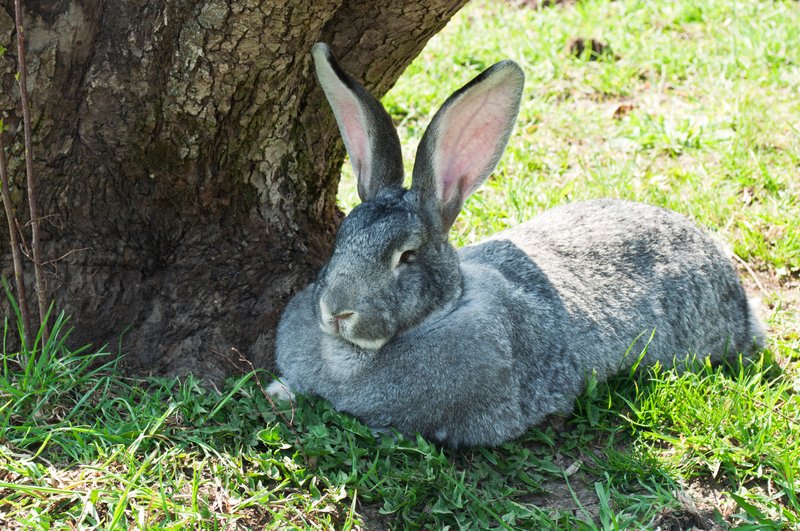
Proper Diet
Although a Giant Chinchilla rabbit may look like a hardy pet, you must be careful about giving it the right food. Like all rabbit breeds, it has sensitive digestion. Too much sugar or calorie in its diet may result in an imbalance of normal bacteria in the digestive system. When this happens, your pet may suffer from gastrointestinal stasis.
Fiber is vital to the bunny’s diet. It prevents the guts from overworking by increasing motility. Aside from that, it increases the bunny’s appetite and helps trim its teeth. The best source of fiber for rabbits is hay. There are different types of grass available today. There are various commercial brands of hay that you can purchase in the market.
Seventy percent of your rabbit’s diet must include hay. The best option for adults is timothy hay, while alfalfa is for young bunnies. You must ensure that you have unlimited hay for your Giant Chinchilla rabbit. Since it is massive, it needs bigger portions compared to smaller breeds. If you have a grassy backyard, you can let your pet munch the fresh, but ensure they are pesticide-free.
Meanwhile, thirty percent of your bunny’s diet must comprise leafy greens and fruits. Before giving your pet leafy greens, check if they are non-toxic. There are veggies that you should never give to bunnies, such as rhubarb and potatoes. Veggies are healthy, but you must give them in moderation since some are high in calories.
As a warning, never give your bunny chocolates, crackers, and candies. It may look like it can munch anything, but these kinds of treats are harmful to them. They may experience diarrhea or suffer from obesity. You can give sliced fruits but in minimal amounts only.

Habitat
Although Giant Chinchillas don’t need too much exercise, you must provide ample space. If you intend your bunny to live inside your house, a spare room is an ideal home for your furry pet. But make sure that the room has no sockets, cables, furniture, or appliances. This breed is well-mannered, but chewing is one of their instincts. You must provide a rabbit-proof room for your indoor pet.
You can also keep your bunny outdoors, but you must prepare a huge cage. It must be tall and wide enough for your pet to stretch and hop comfortably. The best size rabbit enclosure for Giant Chinchillas is 36 inches wide and 36 inches tall. It must be 120 inches long.
Giant bunnies are prone to sore hocks, so you must provide solid flooring for your bunny. The cage must also be made of heavy metal to prevent your pet from chewing it and escaping. You must also place it where there is enough shade. It will protect your rabbit from direct sunlight. Place it near your home so you can check your bunny now and then.
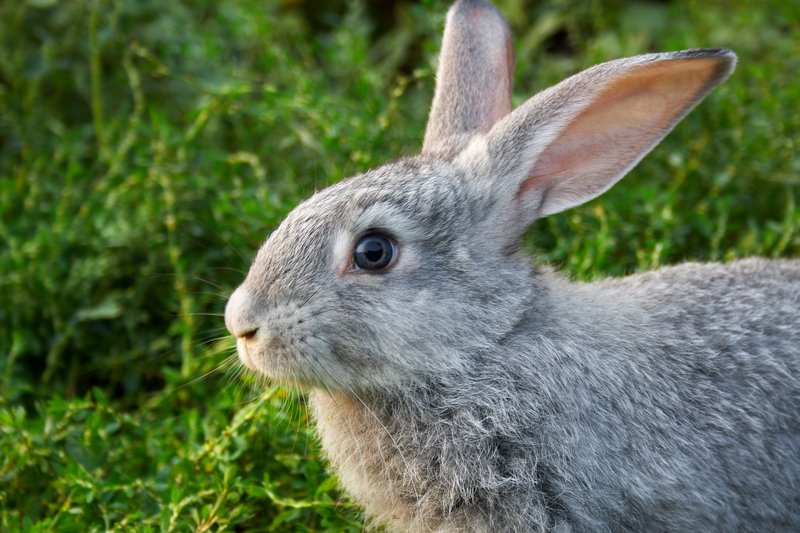
Health Issues of Giant Chinchilla Rabbit
Obesity
Because of Giant Chinchillas’ laidback personalities, their movements are limited. Hence, they are more prone to obesity. This condition happens when the bunny has excessive fats in the body. It may result in severe diseases. Some of the causes of obesity are improper diet and lack of exercise.
An obese Giant Chinchilla may experience sore hocks and blowfly myiasis. It may also suffer from the sticky bottom syndrome. Diet correction and regular exercise are the best way to treat the bunny. The vet may also advise you to add inclines and climbing areas on your pet’s hutch. Removing sugary foods from its diet is also needed.
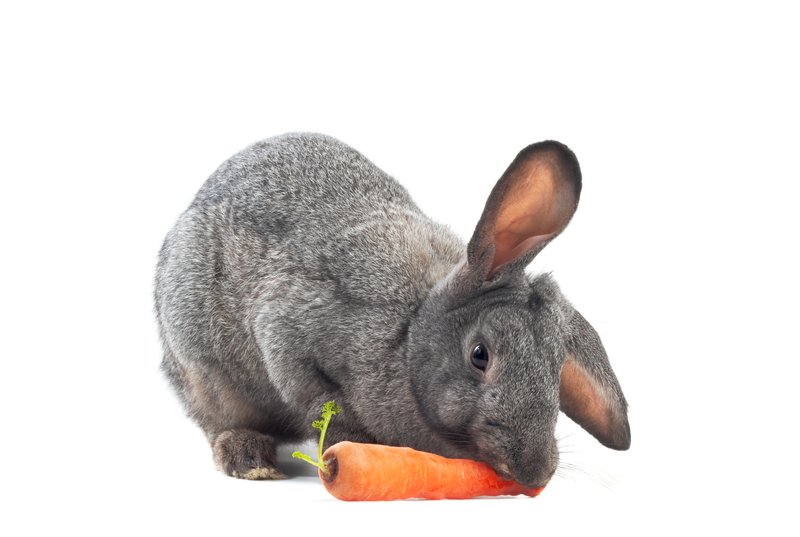
Sore Hocks
Sore hocks are another condition common to a Giant Chinchilla rabbit. Since it is huge, it puts a lot of pressure on its hocks, becoming a bacterial infection. It may look like a skin problem, but if ignored, it may cause severe pain to your bunny. Causes of sore hocks include poor hygiene, obesity, damp bedding, and long nails.
Some symptoms of sore hocks are appetite loss, bleeding, and epidermic hyperplasia. The vet will give antibiotics and pain medication to treat the sore hocks. The wound will be treated by washing it with betadine and dressing it with antibiotics.
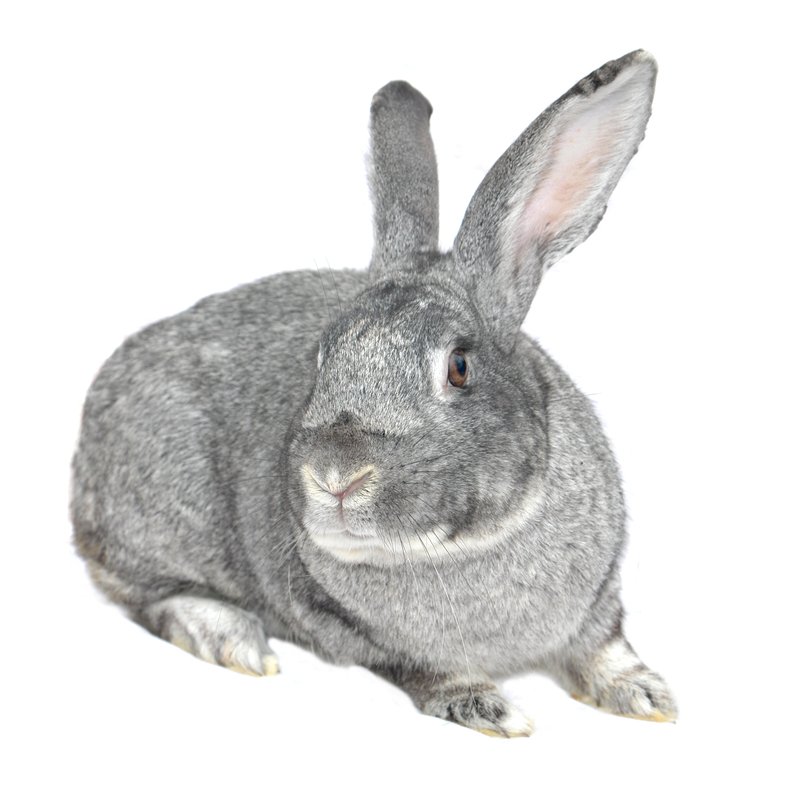
Frequently Asked Questions
Is a Giant Chinchilla rabbit a good pet for small children?
A Giant Chinchilla rabbit can get along quickly with small children. But with its size, young kids find it difficult to handle this bunny properly. Unfortunately, it may lead to injury since bunnies have delicate spines.
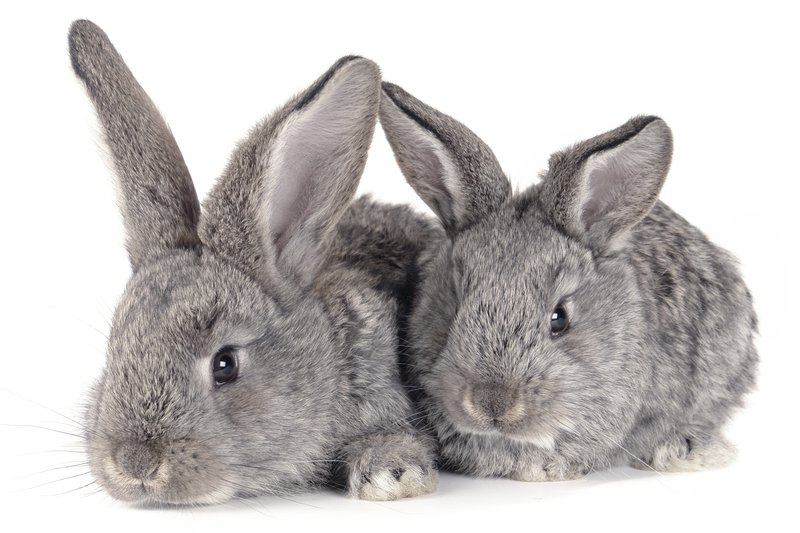
What is the average cost of a Giant Chinchilla rabbit?
The average cost of a Giant Chinchilla rabbit is about $70 to $100. Show-quality bunnies are more costly. It is more expensive than other rabbit breeds.
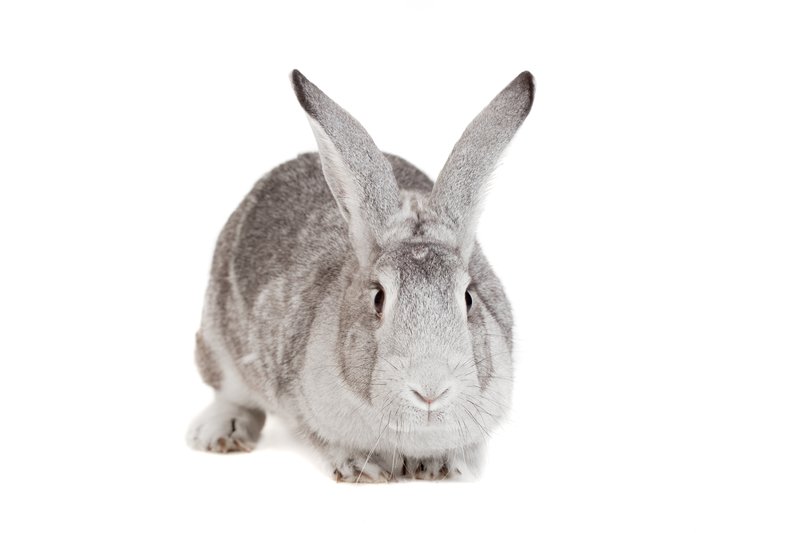

Conclusion
A Giant Chinchilla rabbit is one of the best pets you could ever have. It is well-mannered and kind, getting along with all kinds of owners. But to grow strong and happy, you should provide it with a comfortable home and healthy diet. Giving it enough attention will also help it to thrive. Don’t hesitate to get a Giant Chinchilla if you can love it will all your heart.

